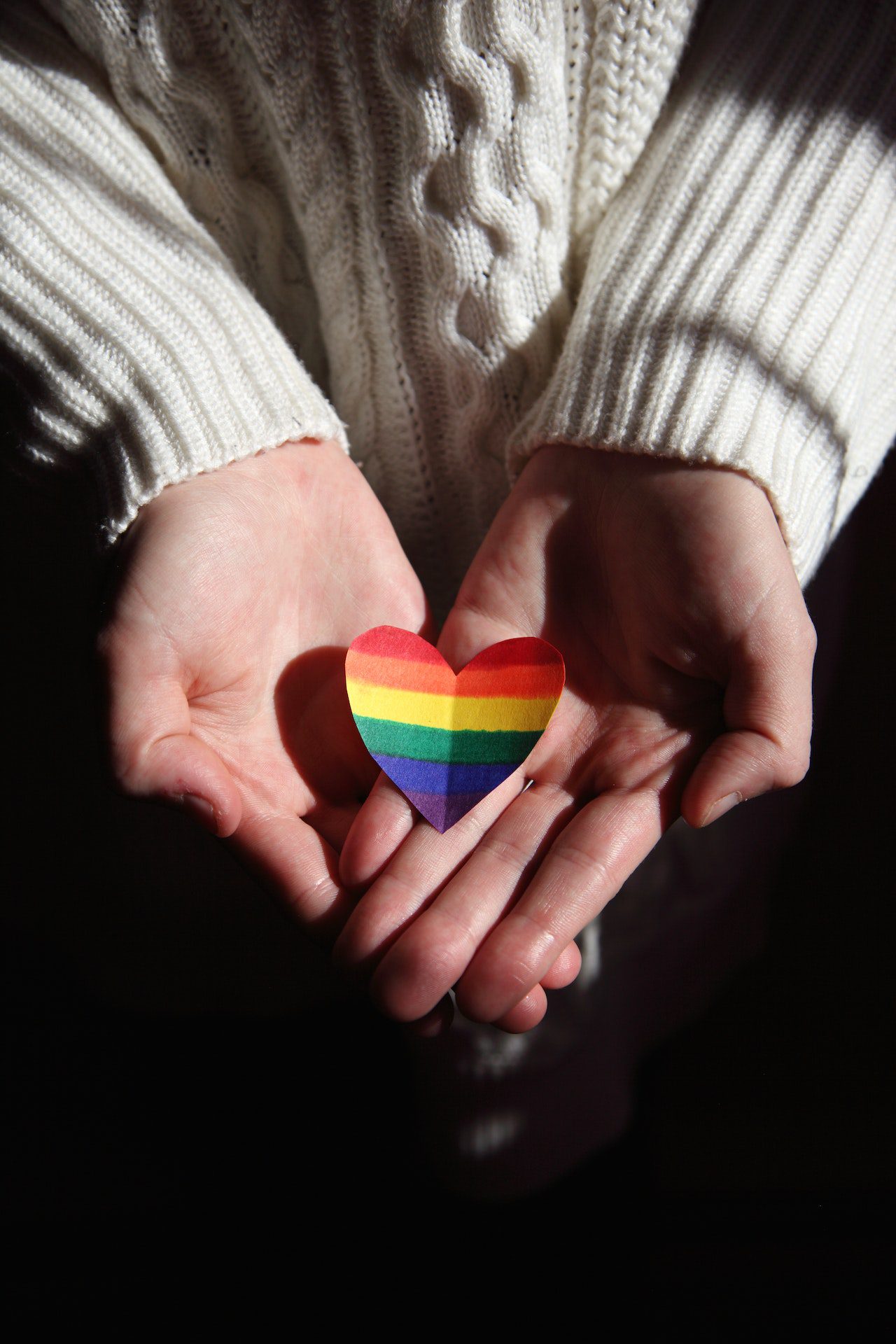By Dr. Tiffany Lange, Psy.D. (she/her/hers)
LGBTQ+ (Lesbian, Gay, Bisexual, Transgender, Queer/Questioning, and related identities) people have existed throughout history (e.g., two-spirit in Native American cultures) and are present in every aspect of society – they are the people we know, the people we love, and even the people who serve in our military.
In the United States (U.S.), less than 1% of the population volunteer to serve in the armed forces and there are often assumptions about who is a service member; many may be surprised to learn that 6.1% of military personnel identify as LGBTQ+ (Meadows et al., 2015) compared to 4.5% of U.S. adults (Newport, 2018). Furthermore, these percentages are likely an underestimate due to the variability in how sexual orientation and gender identity data is collected, with many failing to ask the questions at all. As a result, society is largely unaware of the history and impact of LGBTQ+ military service members.
Dating back to the Revolutionary War with Lieutenant Colonel John Lauren, U.S. military history includes many LGBTQ+ individuals who served with pride and advocated for progress (e.g., Nell “Johnnie” Phelps, Fannie Mae Clackum, Leonard Phillip Matlovich, Patricia King, Bree Fram, Tammy Smith, Dr. Rachel Levine). Unfortunately, these honorable narratives are often unknown or overshadowed by the military’s history of anti-LGBTQ+ policies [e.g., Don’t Ask, Don’t Tell (DADT), Transgender Military Ban], which often led to formal discipline, career consequences, dishonorable discharges, harassment, violence, retaliation, and fear. The exact numbers are not known but, it is estimated that more than 100,000 individuals were subjected to less-than-honorable discharges due to sexual orientation or gender identity with 13,000 of those during DADT (1993-2011; The Williams Institute, 2010). Even though LGBTQ+ veterans discharged under these previous policies are eligible to apply for an upgrade, it is believed that less than 8% pursue this option (McDermott, 2016).
While LGBTQ+ open service is a relatively new advancement in the U.S., other countries have been setting the standard for military inclusion since 1974. The LGBT Military Index (Polchar, Sweijs, & Galdiga, 2014) summarizes international efforts for open service and concludes that LGBTQ+ service members strengthen military effectiveness, with demonstrated advantages and no negative effects on morale or cohesion. Moreover, international findings highlight a strong connection between societal viewpoints and military inclusivity – suggesting that everyone has a part in advocating for LGBTQ+ open service.
Recent years have involved continued policy advancements for LGBTQ+ service members; yet, there remains more to be done to achieve military inclusivity and we can all be a part of this progress by:
- Challenging our biases and expanding our views on who serves in the armed forces. · Prioritizing our personal learning and growth through training (e.g., “Providing Affirmative Care to the LGBTQ+ Military Community”).
- Learning more about LGBTQ+ military history and current discussions about open service (both within the US and other countries).
- Recognizing and celebrating the contributions of LGBTQ+ service members (even when we do not know who they are).
- Getting involved in advocacy efforts to support continued open service and advancement of affirmative healthcare (e.g., donate, vote). · Being aware and sharing resources for the LGBTQ+ military community (e.g., Modern Military Association of America; SPART*A).
- Remember that “thank you for your service” can be experienced differently by those who could not serve openly.
We want to thank Dr. Lange for contributing to our OneOp blog posts! Stay tuned for more potential guest contributions throughout 2023 and 2024. For access to all of OneOp’s blog posts, see a list of all our blog posts here.
Blog Image: Person Holding Multi Colored Heart Shaped Ornament by Alexander Grey from Pexels
References
LeBlanc, P. (2017). The countries that allow transgender troops to serve in their armed forces. CNN News. Retrieved from: https://www.cnn.com/2017/07/27/us/world-transgender-ban-facts/index.html
McDermott, J. (June 24, 2016). Few vets expelled under ‘don’t ask’ seek remedy. The Associated Press: AP NewsBreak. Retrieved from: https://apnews.com/article/801324c48838400f9aa49c8c5efa3e44
Meadows, S. O., Engel, C. C., Collins, R. L., Beckman, R. L., Cefalu, M., Hawes-Dawson, J., Waymouth, M., Kress, A. M., Sontag-Padilla, L., Ramchand, R., & Williams, K. M. (2015). Health Related Behaviors Survey: Sexual Orientation, Transgender Identity, and Health Among U.S. Active-Duty Service Members. RAND Corporation, RB-9955/6-OSD, 2018. As of May 26, 2023: https://www.rand.org/pubs/research_briefs/RB9955z6.html
Newport, F. (2018). In the U.S., an estimate of the LGBT population rises to 4.5 percent. Gallup. https://news.gallup.com/poll/234863/estimate-lgbt-population-rises.aspx
Polchar, J., Sweijs, T., & Galdiga, J. (2014). LGBT military personnel: A strategic vision for inclusion. The Hague Center for Strategic Studies. ISBN/EAN: 978-94-91040-93-1. Retrieved from: https://hcss.nl/wp-content/uploads/2014/06/HCSS_LGBT_webversie.pdf
The Williams Institute (2010). Discharges under the Don’t Ask/Don’t Tell policy. Retrieved from: https://williamsinstitute.law.ucla.edu/wp-content/uploads/Discharges-DADT-Women-Race-Sep-2010.pdf
This blog post is a guest blog contribution from Dr. Tiffany Lange, PsyD (she/her/hers). Dr. Lange is a Licensed Clinical Psychologist and earned a doctoral degree from Spalding University in Louisville, Kentucky. She completed an advanced fellowship in Women’s and LGBTQ+ Health within the Veterans Health Administration and has served in senior leadership roles in non-profit, government, and private healthcare organizations. Dr. Lange presented in two webinars for OneOp entitled “Providing Affirmative Care to the LGBTQ+ Military Community” and “Care Considerations for the Transgender and Gender-Diverse Military Community.”















